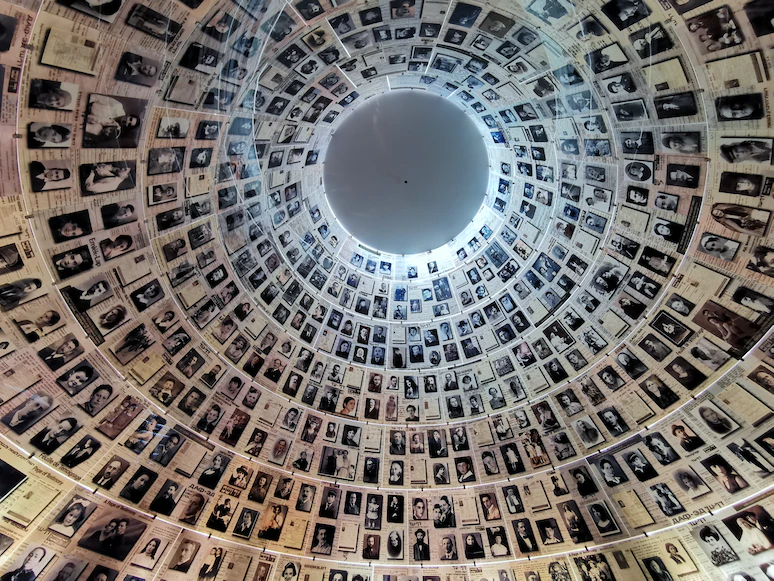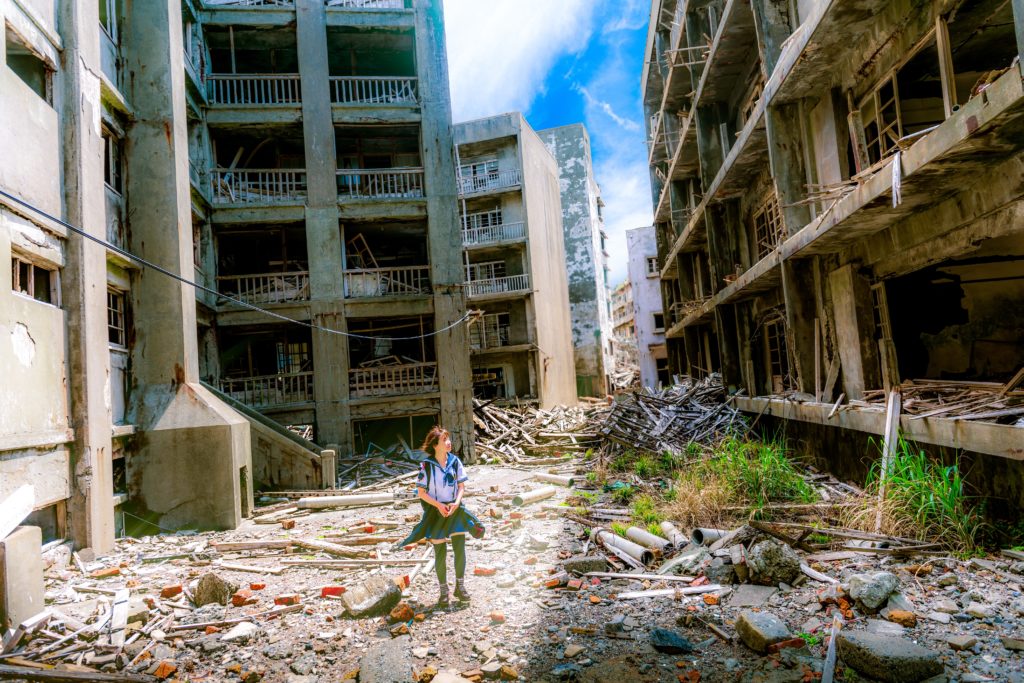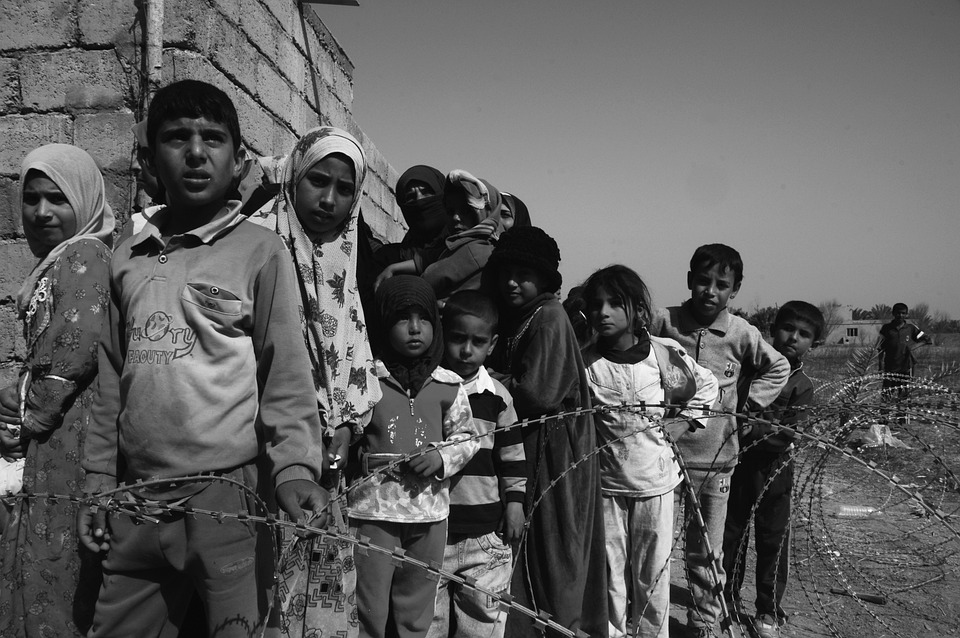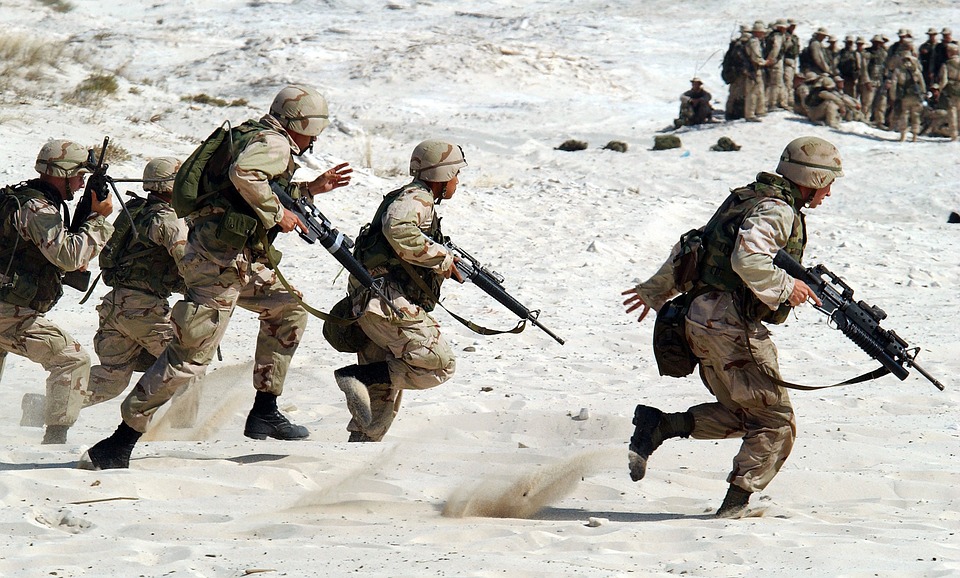"Told through the eyes of innocence, The Boy in the Striped Pajamas makes history heartbreakingly human."
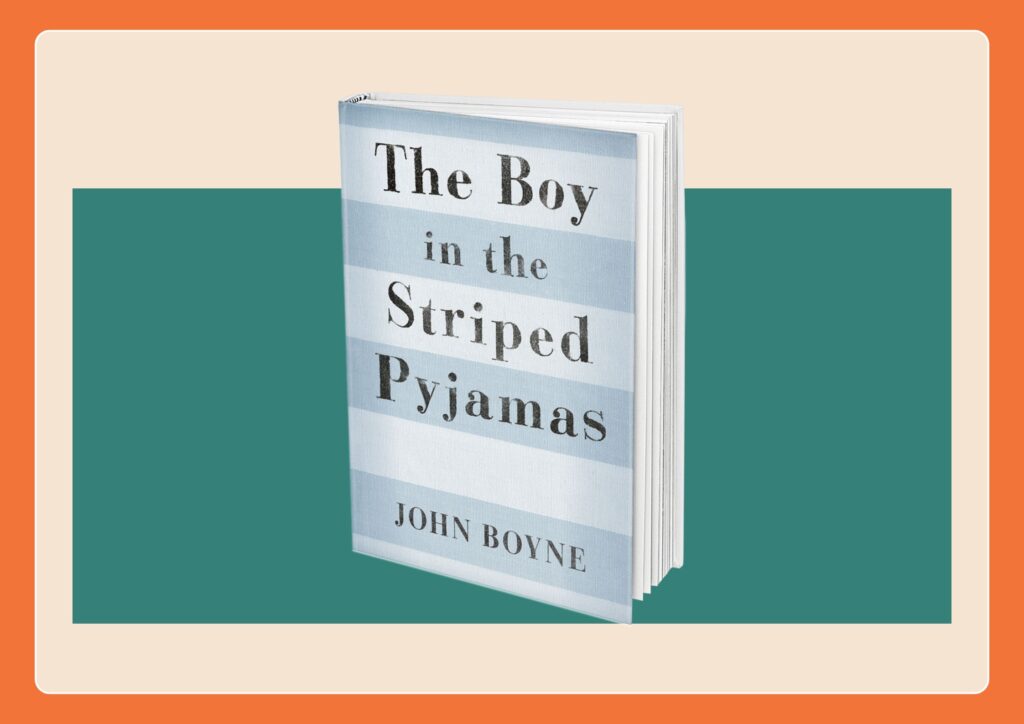
The Boy in the Striped Pajamas by John Boyne is one of those books that lingers in your mind long after you turn the last page. I first picked it up not really knowing what to expect, but it left a lasting impression on me. Even though there are many books about the Holocaust, this one felt different. Maybe because it tells the story through the eyes of children. It was first published in 2006 and later made into a film in 2008, directed by Mark Herman. What makes it so powerful is how it shows such a dark chapter in history from an innocent point of view. I think we keep coming back to stories like this not because we want to feel sad, but because it’s important. It reminds us of the terrible things that happened and why we must never forget them.
Themes That Haunt: Innocence, Prejudice, and War
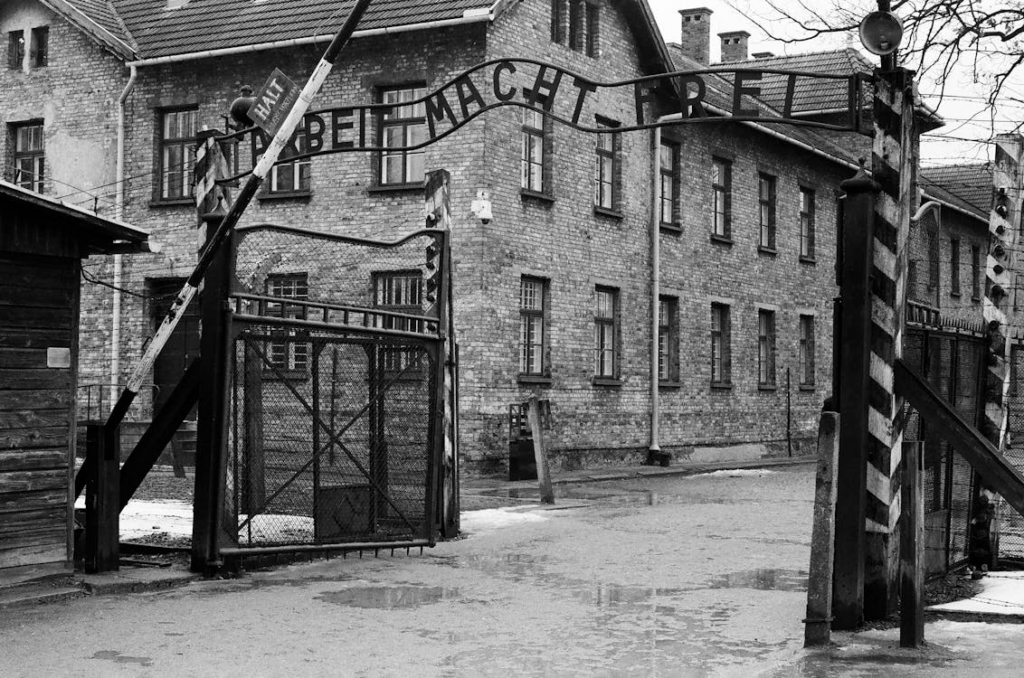
The Holocaust, as we know involved the genocide of six million Jews during World War II. Nazi Germany and its allies believed that white Germans were superior, and that cruel belief led to unimaginable suffering. What I found especially powerful about this book is the way it steps away from the broader history and instead tells a deeply personal story through the eyes of two young boys who are completely unaware of the horrors happening around them.
Bruno, the main character, is just nine years old when his family moves because of his father’s job in the army. From his bedroom window, he spots what he thinks is a “farm,” where people walk around in “striped pajamas.” But as readers, we realize what Bruno doesn’t, that he’s actually looking at a concentration camp. That moment really hit me because it shows just how innocent Bruno is. He doesn’t understand what the camp is or what’s really going on. His curiosity grows when he notices children on the other side of the fence, and since he feels lonely in his new home, all he wants is someone to play with.
Eventually, he meets Shmuel, a Jewish boy living inside the camp. Like Bruno, Shmuel doesn’t fully understand what’s happening either. He doesn’t know why he was brought there, why he’s been separated from his family, or why Bruno gets to live comfortably with food and freedom while he doesn’t. Seeing these two boys, both so innocent and confused, trying to make sense of a world that’s far too cruel for them to understand was heartbreaking.
It doesn’t take long for Bruno and Shmuel to become friends. Their conversations are simple, just like any children’s would be. Bruno asks innocent questions like what Shmuel’s favorite animal is, or where he’d go if he could travel anywhere in the world. But even in these light-hearted moments, there’s a quiet sadness underneath.
What makes this story hit so deeply is how it shows the quiet tragedy of childhood innocence caught in the middle of something so cruel. The adults are the ones with power, pride, and prejudice, but the children are the ones who suffer most deeply. Bruno and Shmuel don’t care about race or religion. They just see each other as kids, as friends. That innocence, the way it’s so fragile, and how quickly it can be taken away is one of the most heartbreaking parts of the story.
Book vs. Film
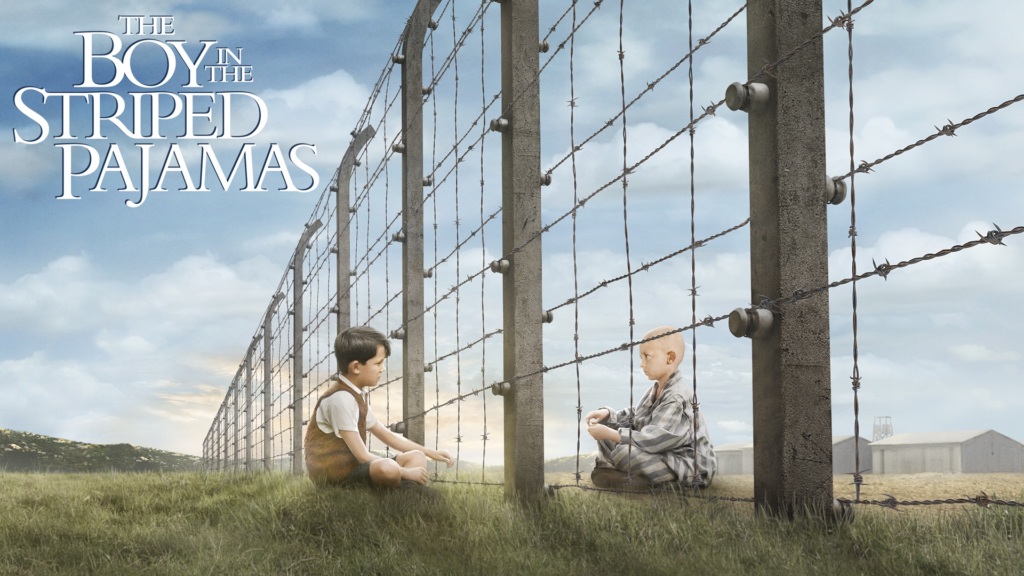
In my opinion, not many books make the transition to film very well. Often, the execution falls short, whether it’s due to changes in character appearance, alterations to some scenes, or sometimes just a poor overall adaptation. The Boy in the Striped Pajamas is one of the exceptions that does a good job.
The movie stays quite faithful to the book, the overall story and message remain the same. Personally, I felt the book had a deeper emotional impact on me, maybe because it lets you sit with the characters’ thoughts and feelings a bit longer. On the other hand, the film brings the story to life through visuals and sound, which adds a different kind of power, especially in the final scenes that feel so sudden and devastating. If you get the chance, I’d definitely recommend experiencing both.
Wishing for a World Without War
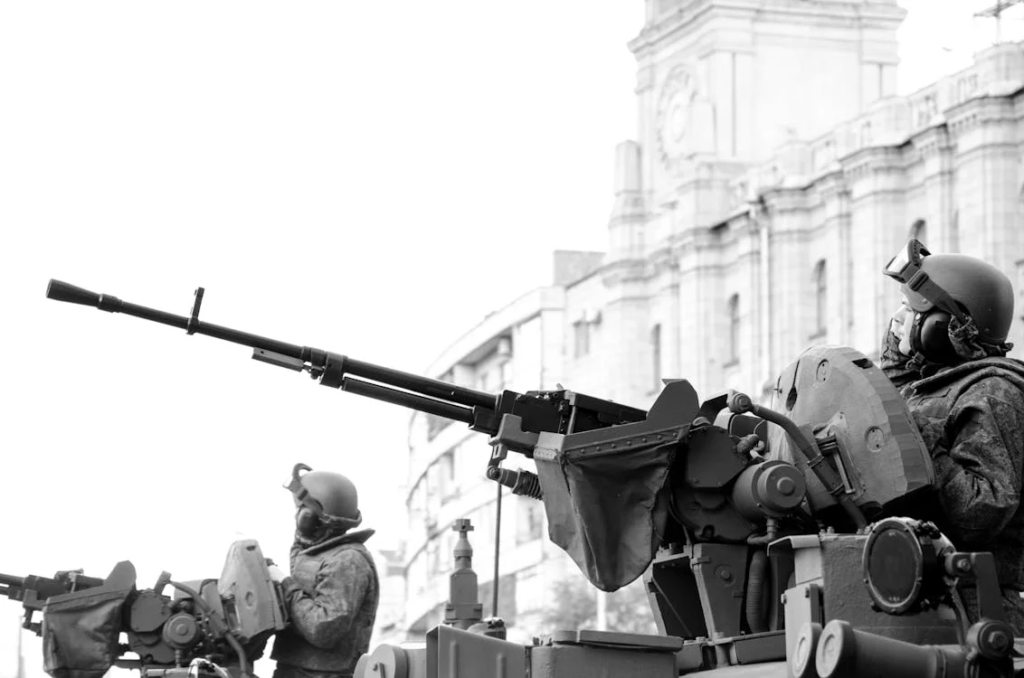
The book ends with a chilling phrase: “Of course, all of this happened a long time ago and nothing like that could ever happen again. Not in this day and age.” As we read those words, it’s hard not to wonder: has it really ended? The story takes place during World War II, a time when the horrors of the Holocaust unfolded. today, when we look at the news, wars are still happening in many parts of the world. There are ongoing conflicts over land, politics, and power. People are still prejudiced, and innocent lives are being lost every day. The most heartbreaking part is that children, even babies, are still caught in the violence. Schools and hospitals are bombed. It’s almost as if some of the worst parts of history are repeating themselves.
It’s a painful thought, but it makes us realize that humans haven’t changed as much as we’d like to believe. We still let our egos and feelings of superiority corrupt our actions. The idea that one group of people is “better” than another continues to fuel so much of the violence and injustice we see around the world today. And despite all the books, all the stories, and all the history we have, it seems we haven’t learned enough from the past.
Sometimes, I wonder how many more years it will take before we can truly live in peace. How many more generations will have to experience the same hatred and violence that Bruno and Shmuel did? Wouldn’t it be wonderful if we could all live as they did without borders, without hatred, just as friends?
What You Can Learn from This Book

This book teaches us something really important: empathy. It reminds us how powerful it is to understand and feel what someone else might be going through. The Boy in the Striped Pajamas makes you stop and think about what life is like for people who are suffering or treated unfairly. When we see the world through Bruno and Shmuel’s eyes, we’re reminded that behind every label or uniform is a real human being with emotions, fears, and hopes.
Another message that stood out to me is how harmful it is to judge people based on where they come from. The story shows how dangerous it can be when people believe they’re better than others because of race, religion, or status. Bruno and Shmuel don’t care about those things. To them, they’re just two boys looking for a friend. That simple connection says more than all the hate and prejudice surrounding them.
I also found Bruno’s constant questions really meaningful. Even when the adults around him avoided giving real answers, he kept asking. His curiosity shows us how important it is to think for ourselves and speak up when something doesn’t feel right. It’s okay not to understand everything right away. What matters is being willing to learn and try to understand more.
Bruno’s misunderstandings and the way he describes things add even more depth to the story. Often, what’s not said out loud carries just as much weight as what is. It reminds us how important it is to read between the lines to notice the feelings, the silences, and the tone.
And maybe the most powerful message of all: friendship doesn’t need to follow rules. Even with a fence between them, Bruno and Shmuel form a real bond. Their friendship is simple, pure, and honest. It shows that even in the darkest times, kindness can survive and that human connection can break through even the strongest walls.
For more stories about holocaust, check out Who Revealed Anne Frank’s Hiding Place? and The Story of the Tattooist of Auschwitz


